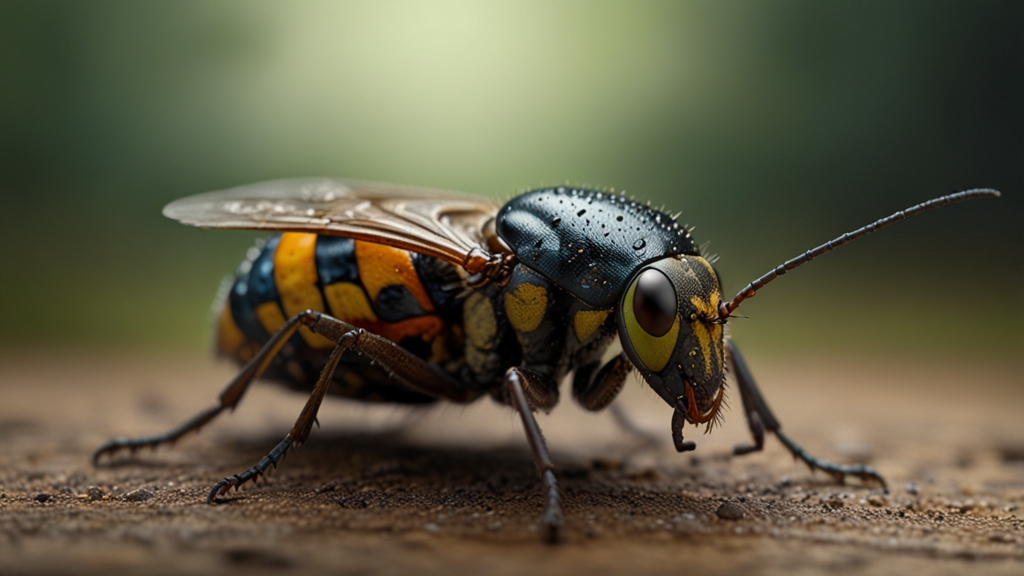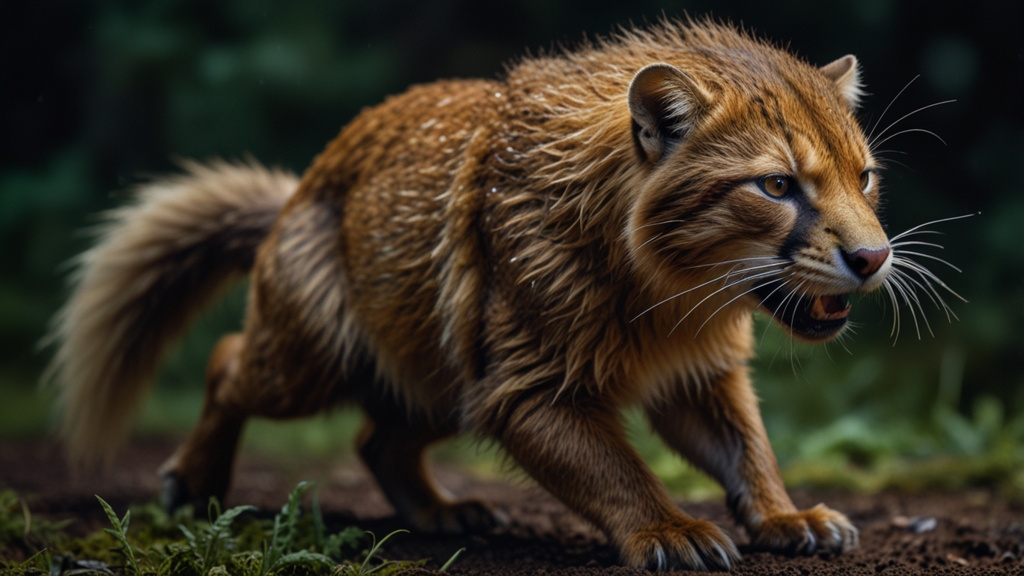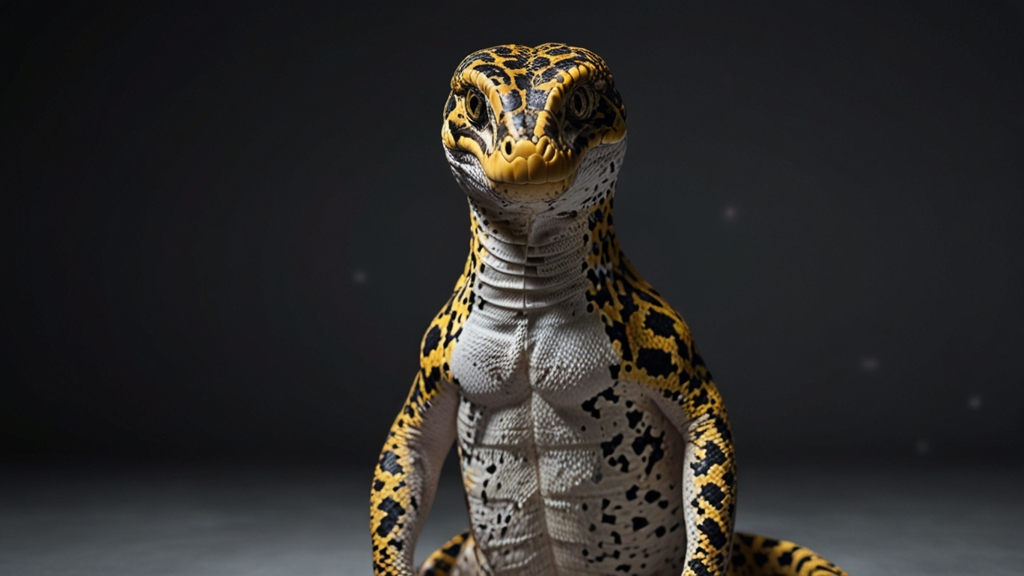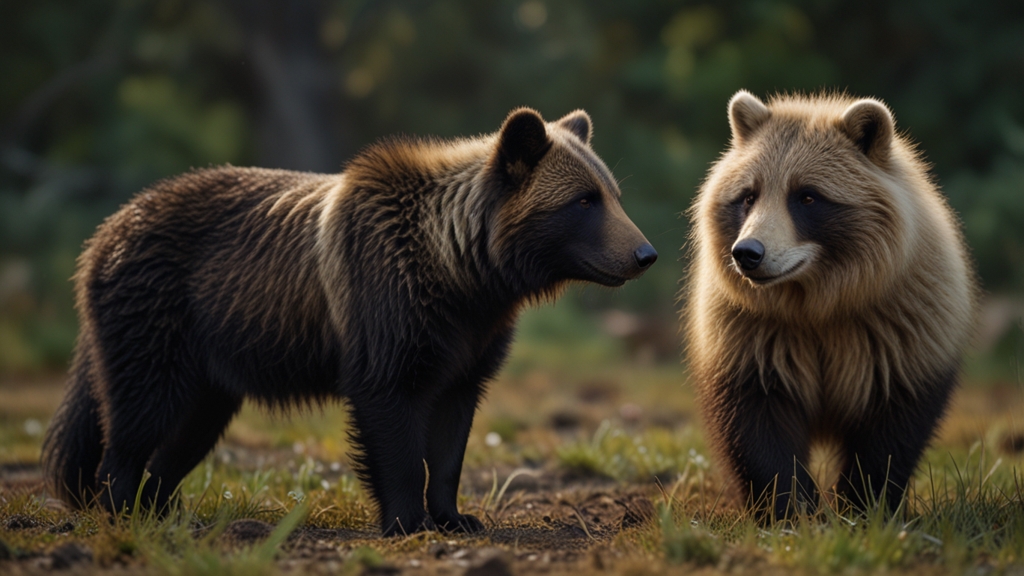The Surprising Science of Creation: What You Need to Know
The concept of creation has been a cornerstone of human inquiry and contemplation since the dawn of civilization. While traditional views often framed creation through religious or mythological lenses, modern science provides astonishing insights that continually reshape our understanding. Let's delve into the surprising science of creation and explore the key discoveries and theories that define our current knowledge.
Big Bang: The Birth of the Universe
The most widely accepted scientific theory for the creation of the universe is the Big Bang Theory. This cosmological model suggests that the universe expanded from a very high-density and high-temperature state approximately 13.8 billion years ago. Evidence supporting this theory includes the cosmic microwave background radiation, abundance of light elements, and the observed expansion of the universe.
The Big Bang is not an explosion in space, but rather an expansion of space itself. – NASA
Interestingly, the concept of the universe having a finite beginning was challenging for many scientists to accept. However, advances in observational astronomy and theoretical physics provided substantial evidence that has led to its widespread acceptance. Albert Einstein’s General Theory of Relativity played a crucial role in understanding the dynamics of the cosmic expansion.
Formation of Stars and Galaxies
Following the Big Bang, the universe was a hot, dense plasma of particles. As it expanded and cooled, particles began to coalesce, leading to the formation of hydrogen atoms. Gravity then took over, pulling these atoms together to form the first stars. Clusters of stars grouped together into galaxies, forming structures on an astronomical scale.
The lifecycle of stars involves nuclear fusion, where hydrogen atoms are fused to form helium, releasing immense amounts of energy. This process illuminates stars and generates the heavier elements necessary for the creation of planets and life. Supernova explosions, the violent deaths of massive stars, scatter these elements across space, seeding future star systems.
Earth and the Solar System
Our solar system formed about 4.6 billion years ago from a giant molecular cloud. The process began with the gravitational collapse of a region within this cloud, leading to the formation of a protostellar disk. The Sun formed at the center, while the remaining material coalesced to form planets, moons, and other celestial bodies.
We are made of star stuff. – Carl Sagan
Earth's formation involved numerous complex processes, including planetary differentiation, plate tectonics, and the presence of liquid water. These factors made the planet uniquely suited for developing and sustaining life. The interplay of geology, chemistry, and biology on Earth presents a rich tapestry of scientific inquiry concerning our origins.
The Evolution of Life
The creation of life from non-living matter is one of the most profound scientific questions. The prevailing theory, abiogenesis, suggests that life originated from simple organic compounds under prebiotic conditions. Experiments like the Miller-Urey experiment have shown that amino acids and other organic molecules can form under such conditions.
Once life began, biological evolution took over, driven by mechanisms such as natural selection and genetic mutation. These processes describe the diversification of life from simple, single-celled organisms to the vast array of species we observe today. The fossil record, molecular biology, and comparative anatomy provide compelling evidence for the theory of evolution.
Quantum Mechanics and Creation
Modern physics introduces even more intriguing ideas about creation through quantum mechanics. This branch of science studies the behavior of particles at the smallest scales and reveals a universe where probability and uncertainty play key roles. Quantum fluctuations may have sparked the inflationary period of the early universe, leading to the Big Bang.
The universe is not only stranger than we imagine, it is stranger than we can imagine. – J.B.S. Haldane
Furthermore, concepts like the multiverse suggest the possibility of multiple, perhaps infinite, universes with different physical laws and constants. These theories, while still speculative, open up fascinating possibilities about the nature of our existence and the broader cosmos.
Conclusion
The science of creation is a dynamic and ever-evolving field that bridges many disciplines, from astrophysics to biology. While significant questions remain unanswered, ongoing research continually enriches our understanding of how the universe and life came to be. Each discovery not only answers old questions but often poses new ones, fueling the human quest for knowledge. As we continue to explore and uncover the mysteries of creation, we gain a deeper appreciation for the complexity and wonder of the cosmos.












